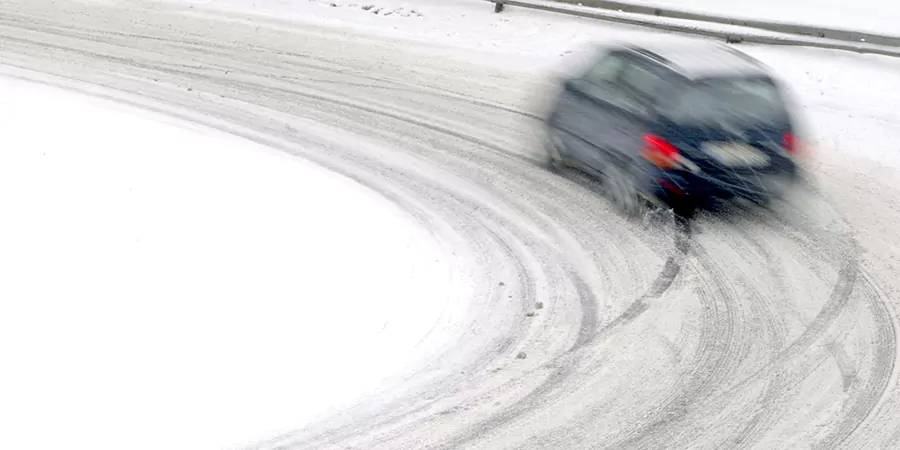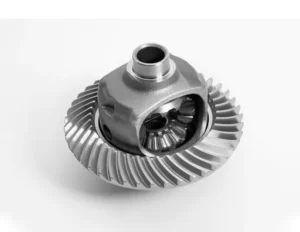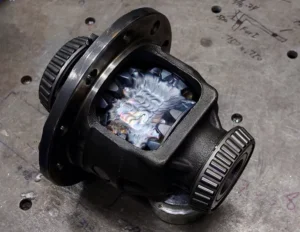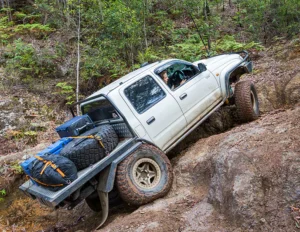
Limited Slip Differentials (LSDs) significantly enhance the traction and performance of vehicles such as Jeeps, trucks, 4x4s, and rear-wheel-drive (RWD) cars, whether on the street, the strip, or off-road trails. Positraction is a term originally used by General Motors to describe its version of LSDs, but it has since become a generic term for all types of limited slip differentials.
How Do Limited Slip Differentials Work?
Positraction LSDs ensure that torque is evenly distributed between the drive wheels, which reduces wheel spin and enhances traction, particularly on slippery surfaces or during aggressive driving. This mechanism is not limited to a single type but includes various designs such as clutch-type, cone-type, helical gear-type, and viscous coupling differentials. Clutch-type differentials use a series of clutch plates to manage torque distribution, engaging the clutch plates to transfer power to the wheel with better traction when one wheel begins to slip. Cone-type differentials operate similarly but utilize conical friction surfaces instead of flat clutch plates. Helical gear-type differentials, such as Torsen differentials, use helical gears to provide smooth and progressive torque transfer without the need for clutches. Viscous coupling differentials rely on a thick fluid to transfer torque, with the fluid’s viscosity increasing to create resistance and transfer power when one wheel spins faster than the other.

Enhanced Handling
Positraction LSDs also enhance vehicle handling by maintaining power to both wheels, which improves stability and control, especially during cornering. This helps to reduce understeer or oversteer and provides better overall control. The versatility of Positraction LSDs makes them suitable for a wide range of driving conditions, from daily driving scenarios to off-road adventures and competitive racing. They provide consistent performance across different environments, making them a valuable upgrade for any vehicle.
Advantages and Disadvantages
The advantages of Positraction LSDs are numerous. They offer superior traction compared to open differentials, reducing the chances of getting stuck or experiencing wheel spin in low traction conditions. Positraction LSDs also improve vehicle control and stability during high-speed maneuvers or in adverse weather conditions. For performance-oriented drivers, these differentials ensure consistent power delivery to the wheels, resulting in better acceleration and handling. However, there are some disadvantages to consider. Certain types, such as clutch-based LSDs, can experience wear over time and may require periodic maintenance or replacement of components. Additionally, Positraction LSDs are more complex than open differentials, potentially leading to higher maintenance and repair costs.
Applications
In terms of applications, Positraction LSDs enhance everyday driving safety and performance, making them suitable for both casual and performance-oriented street driving. They are essential for off-road vehicles navigating rugged terrains, providing the necessary traction to get through challenging conditions. In competitive racing, Positraction LSDs ensure maximum traction and stability during high-speed turns and accelerations, giving racers an edge on the track.
Conclusion
Positraction limited slip differentials are a valuable upgrade for any vehicle, offering significant improvements in traction, handling, and overall driving performance. Whether for everyday driving, off-road exploration, or competitive racing, a Positraction LSD can provide the reliability and control needed for a superior driving experience. With their variety of types and applications, Positraction LSDs cater to a wide range of driving needs, ensuring that drivers can enjoy enhanced performance and safety in any situation.



